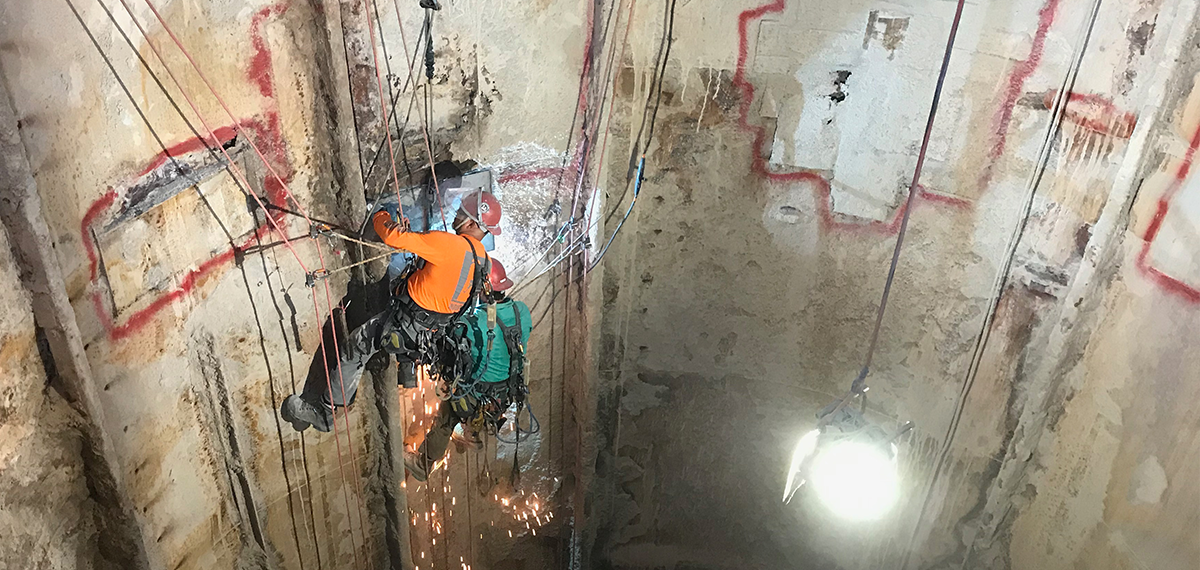Cement & Lime
WORK PERFORMED
- Inspection of tower interior
- Access platform rigging
- Installing vertical stiffeners and support rings
- Installing new steel patch plates
SUMMARY

TIME
2 to 3 week-long mobilizations for repair work

COST
Completed during pre-scheduled outages

SAFETY
Completed with no safety compromises
CLIENT NEED
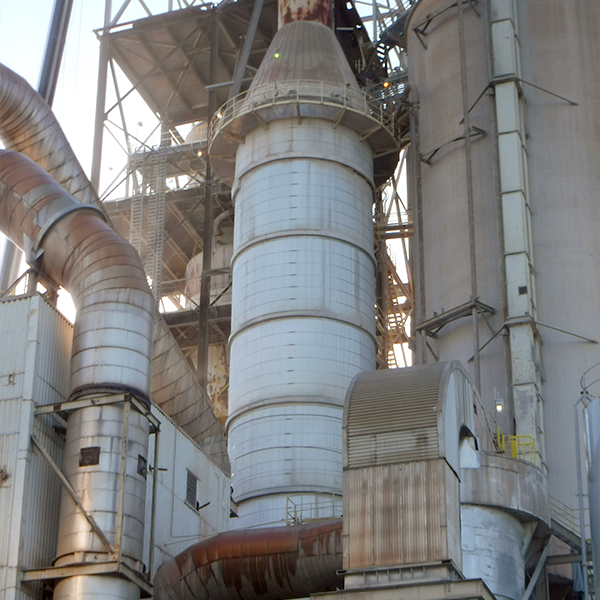
Conditioning tower
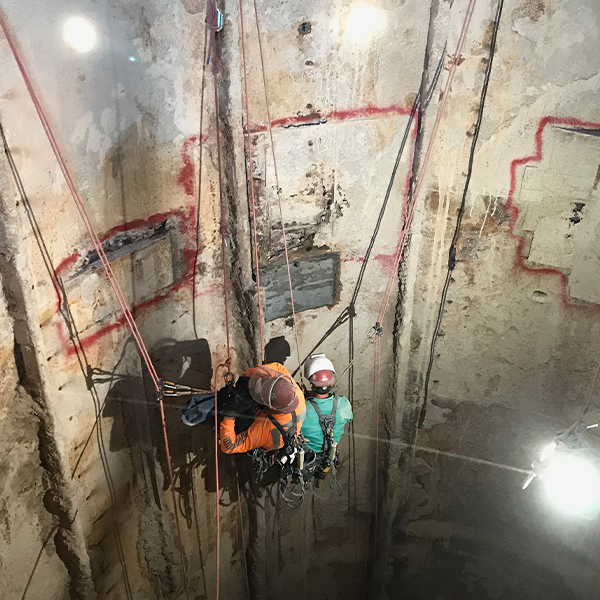
Inspecting deteriorated tower interior with rope access
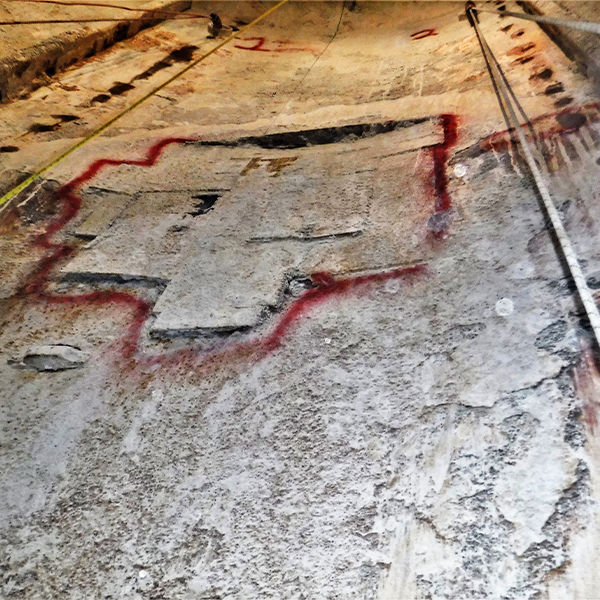
Buckling and separating old patch plates
ACCESS
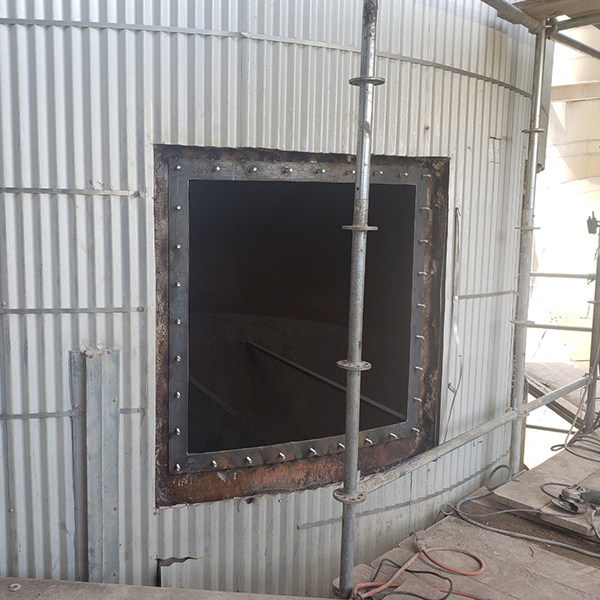
Installing access doors
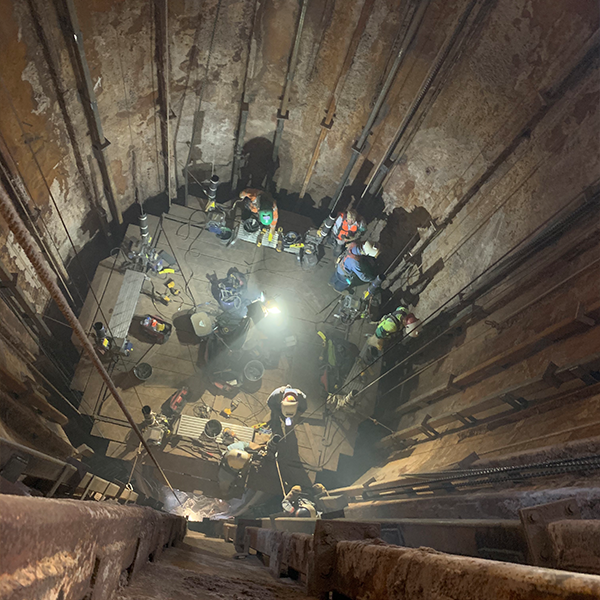
Work platform access
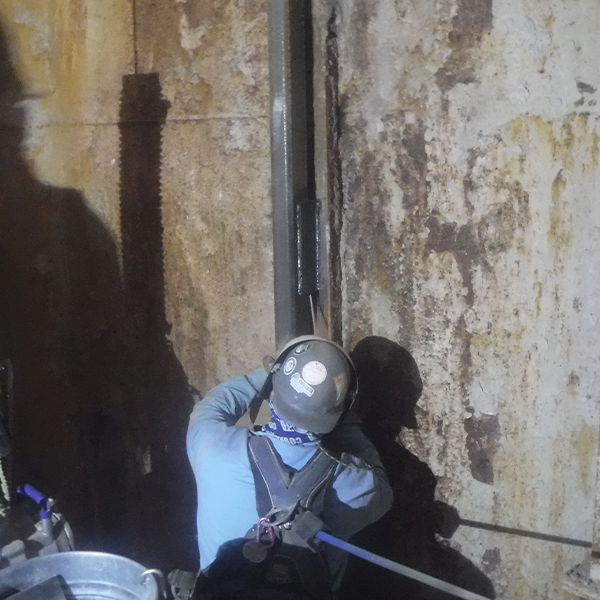
Installing vertical stiffeners
SOLUTION
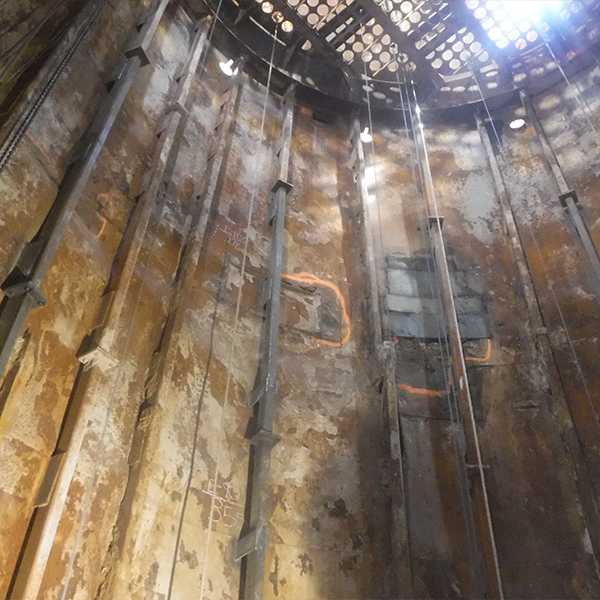
New reinforcing stiffeners installed
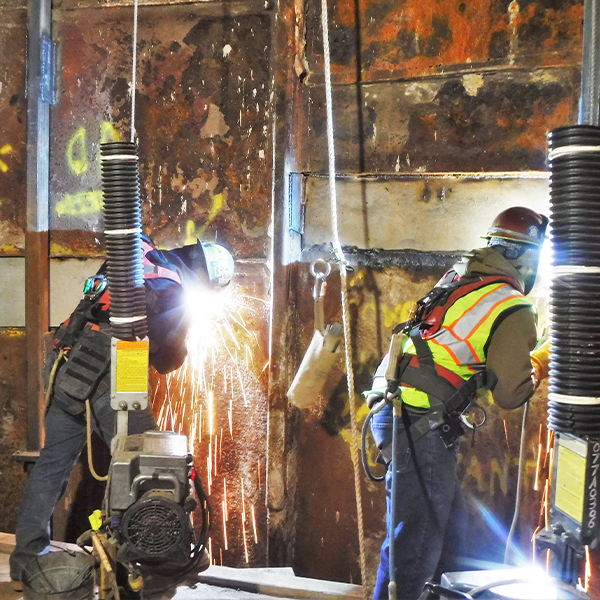
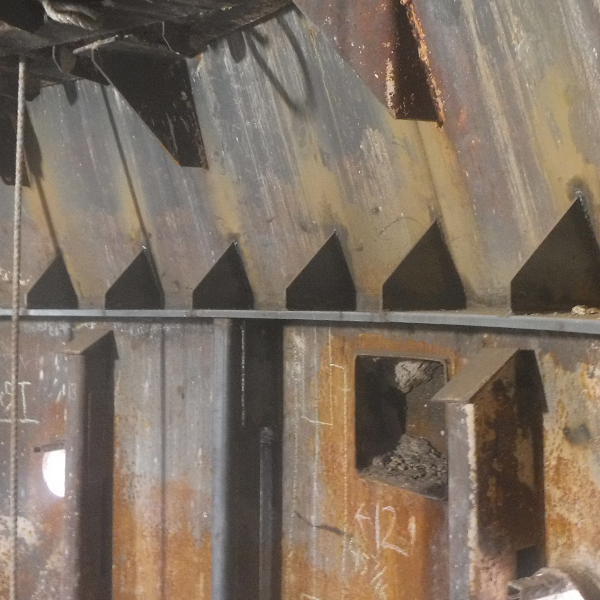
Support rings installed
RESULTS

For additional information about our company and services we provide, please give us a call anytime
770-255-1313



